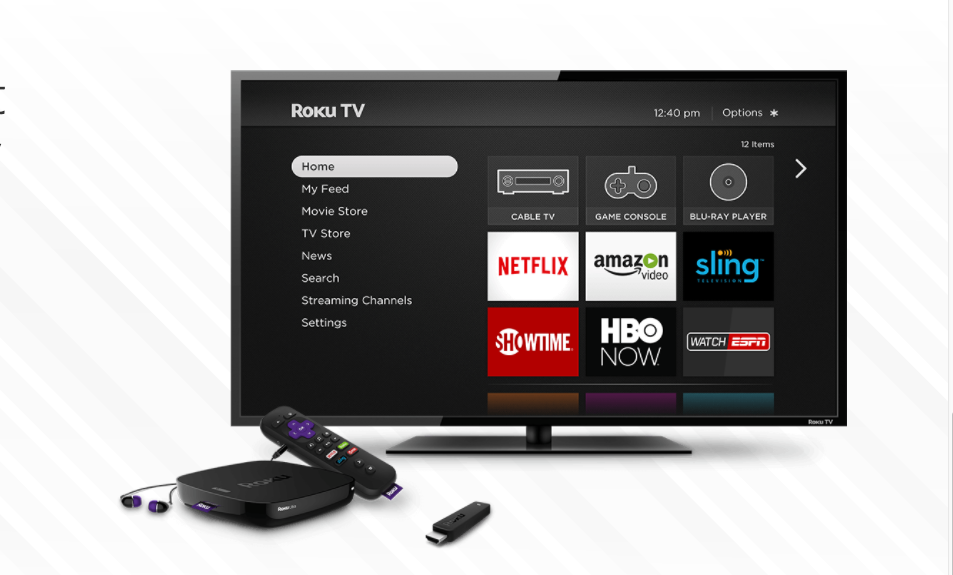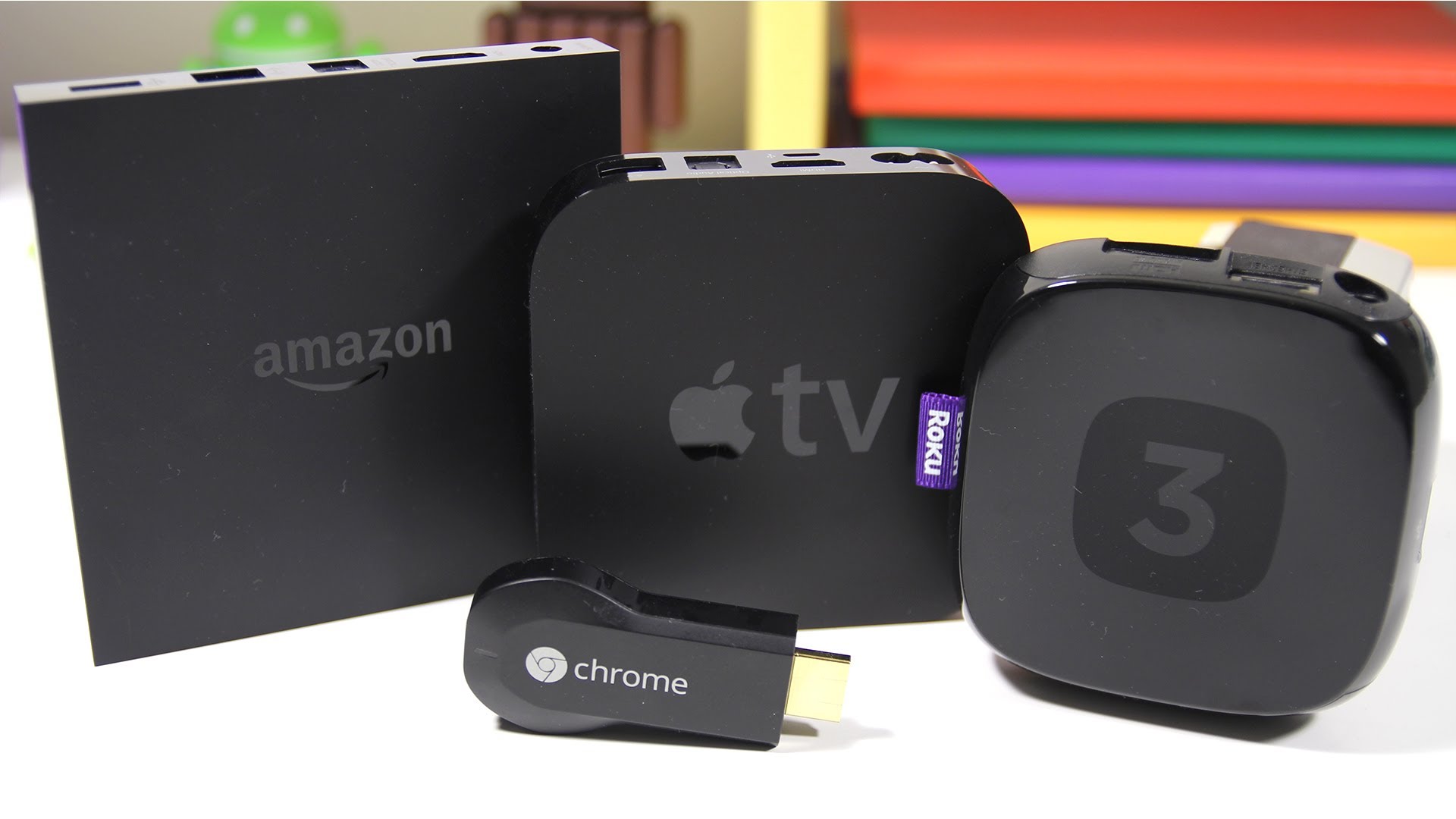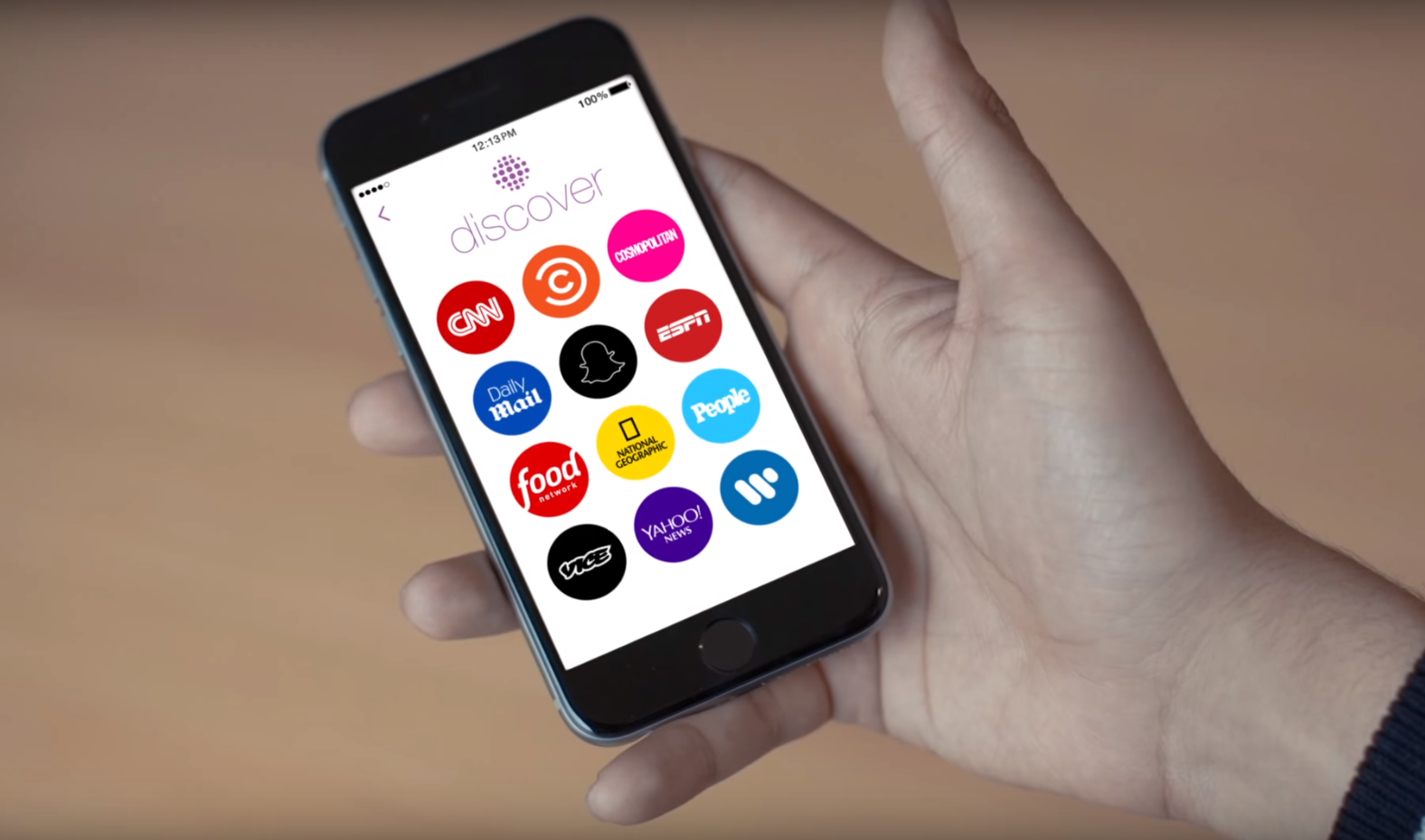What Happened
TV ad measurement firm Nielsen has become the latest company to plug artificial intelligence into its Marketing Cloud platform. The company created Nielsen Artificial Intelligence capable of processing multiple external circumstances simultaneously, making it possible for brands and publisher clients using its platform to create dynamic audience segments for real-time targeting. Right now, Nielsen says it is mostly applying the AI internally, but about a half dozen Marketing Cloud clients have started using it.
What Brands Need To Do
Nielsen joins a growing list of marketing and ad tech companies that have incorporated AI-powered solutions into their platforms. Last Friday, marketing personalization company Monetate announced an Intelligent Personalization Engine that uses machine learning to help B2C brands provide individually customized experiences to consumers. As cloud-based services and machine learning technologies continue to mature, brands need to explore the kind of hyper-personalized messaging and experiences that AI-powered marketing solutions can deliver.
For more information on how brands can get ready for the rise of A.I. and tap into the transformative power it brings to marketing, check out the Augmented Intelligence section of our brand new Outlook 2017.
Source: AdExchange







